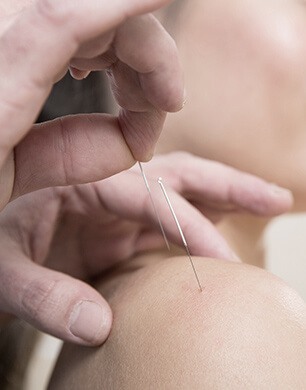Allergy Diagnosis and Test
It can be a skin rash or sudden bout of sneezing, allergies usually strike unannounced. Keeping track of the symptoms, how often they occur and if anything seems to trigger them are a lot to be mindful of for a person to even realise that they may be allergic to something. It is important to be attentive to such occurrences so that you can inform your doctor and he can diagnose your allergy through allergy testing.
Typically, allergy testing help diagnose conditions like allergic rhinitis, allergic asthma, dermatitis, food allergies, bee venom allergy, latex allergy and others*.
Before we tell you about the kinds of tests, we urge you to not try any of these by yourself. Allergy testing should be done by qualified professionals who have detailed knowledge of your symptoms and medical history.
Skin prick testingSkin prick testing is one of the most common allergy testing. It involves putting a drop of liquid onto your forearm or back that contains an allergy trigger. The skin under the drop is then gently pricked, it feels like a fingernail scratch. If you are allergic to the substance, an itchy, red bump will appear within 15 minutes. Make sure you don’t take non-sedating antihistamines like Fexofenadine, Loratadine, etc. before the test, as they can interfere with the results.
Blood testsIf the need arises, blood tests may be used instead of, or alongside, skin prick allergy testing to help with allergy diagnosis. Your doctor will take a blood sample and send it to a laboratory. The lab then adds the allergen to your blood sample and measures the number of antibodies your blood produces to attack the allergens.
Patch testsSpecifically, patch tests are used to investigate a type of eczema known as contact dermatitis. Your doctor will place a small amount of a possible allergen on your skin, cover it with a bandage and check your reaction after 48 to 96 hours.
Elimination dietIf the doctor suspects you’re allergic to a particular food, he may advise you to avoid eating it to check if your symptoms improve. After a few weeks, you may then be asked to eat the food again to check if you have another reaction.
Supervised challenge testIn some ways, this is kind of the opposite of an elimination diet. During this test, you’re given the food you think you’re allergic to in increasing amounts to see how you react under close supervision. This test is risky as it could cause a severe reaction but is the most accurate for food allergy diagnosis. This test is always carried out in a clinic where a severe reaction can be treated if it does develop.
With all these tests available today, it is important to keep in mind that:
- A positive skin test result does not by itself diagnose an allergy.
- A positive skin test does not predict the severity of an allergic reaction.
- A negative skin test usually means you are not allergic.


